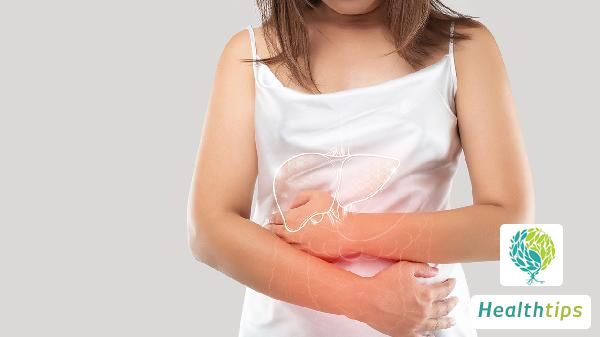How Long Does Surgical Absorbable Suture Take to Be Absorbed?
Absorbable sutures can generally be absorbed in over one month. The absorption time may vary depending on different materials and manufacturers. Some may take up to three months to be completely absorbed. The earliest absorbable sutures were made of catgut and could be absorbed in approximately one month. Nowadays, absorbable sutures are made of synthetic materials. Because the blood circulation in the abdominal cavity is relatively good, the absorption time may be relatively fast, and the sutures can be completely absorbed in about one month. When suturing subcutaneous tissue or subcutaneous fat layer, the blood supply is relatively poor, so the absorption time is longer. Absorbable sutures sometimes may cause severe suture reactions, manifesting as exudation at the incision site and possibly protruding suture ends. In such cases, it is necessary to completely remove the absorbable sutures, change the dressing of the wound, and re-suture the wound after it has healed well. If the absorbable sutures are not absorbed, it is recommended to seek medical attention promptly. The use of absorbable sutures can avoid obvious scarring and the pain of removing sutures for patients. However, due to individual differences, some patients may not absorb the absorbable sutures. In such cases, it is recommended to promptly seek medical diagnosis and remove any locally unabsorbed sutures to prevent infection. Regardless of the type of surgery, postoperative dietary adjustment has a significant impact on wound recovery. Patients should strengthen their nutrition intake, consume more nutritious foods, increase the intake of high-protein foods, eat foods rich in vitamins, and consume eggs, meat, and bean products to meet their nutritional needs. Postoperative wound recovery requires patients to avoid prolonged bed rest and to get up and move around when their physical condition allows. Increasing activity can promote blood circulation, which is beneficial for wound recovery and can also promote the absorption of absorbable sutures.




















